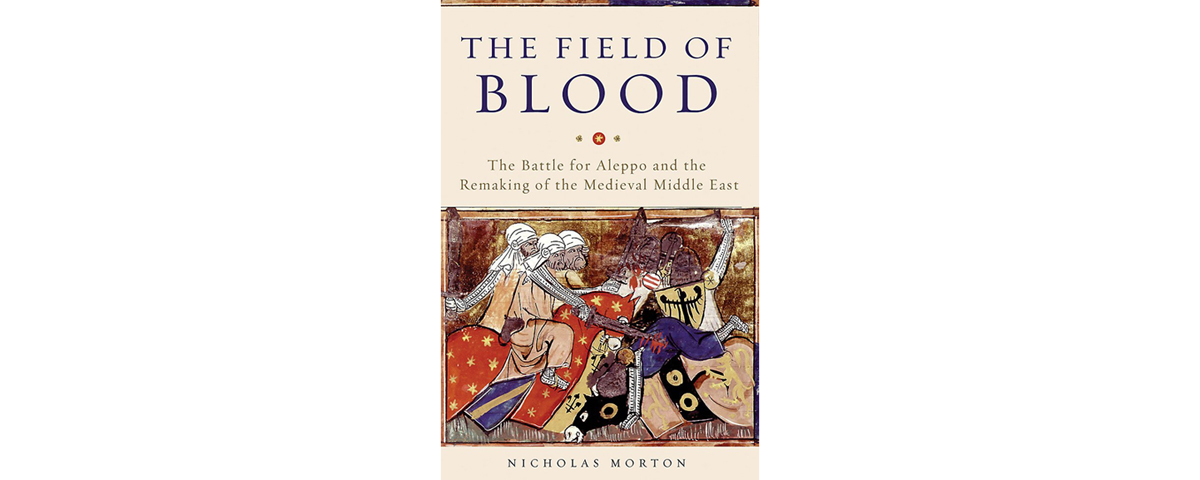The Field of Blood: The Battle for Aleppo and the Remaking of the Medieval Middle East, by Nicholas Morton, Basic Books, New York, 2018, $28
In his latest book medieval historian Nicholas Morton examines the pivotal events in the Levant from the 1099 conquest of Jerusalem by Christian knights to its fall in 1187 to Muslim general Saladin. Yet, the author argues, it was the city of Aleppo—anchoring the northern end of the Levant in present-day Syria—that was the key to control of the region.
Morton’s primary goal is to dispel the commonly held view of the Crusades as wars simply between Christianity and Islam, East and West, or Europe vs. the Middle East, when the reality was far more complex. The author is at his best when describing the arena of conflict and the roles played by the major combatants. The Levant the Crusaders sought to recover was replete with entrenched opponents. Parts of Syria remained under Byzantine rule, while other regions were dominated by the remnants of Muslim forces that had spearheaded the expansion of Islam 400 years earlier. The Seljuk victory over the Byzantines at Manzikert (in present-day Turkey) in 1071 had allowed the Turks to also establish themselves as a military and political force in the region. It was into this cauldron of shifting alliances the Crusaders threw themselves during the First Crusade (1095–1099).
The book offers a detailed account of the many battles and political intrigues in which the Franks engaged in their attempt to create a Crusader state extending from Antioch to the Egyptian border. While the Crusaders maintained a tenuous hold on their coastal territories, lasting security required control of the interior lands held by the Muslims and Turks. From 1099 to 1187 the Franks made three attempts to conquer these rival power centers. They failed. The author’s accounts of the many battles are a highlight of the book, particularly his narrative of the Battles of the Field of Blood (Ager Sanguinis) and Hattin.
Morton’s understanding of his subject and ability to convey its complexities are impressive. Historians of the period will find his book as useful as general readers will find it enjoyable.
—Richard A. Gabriel





